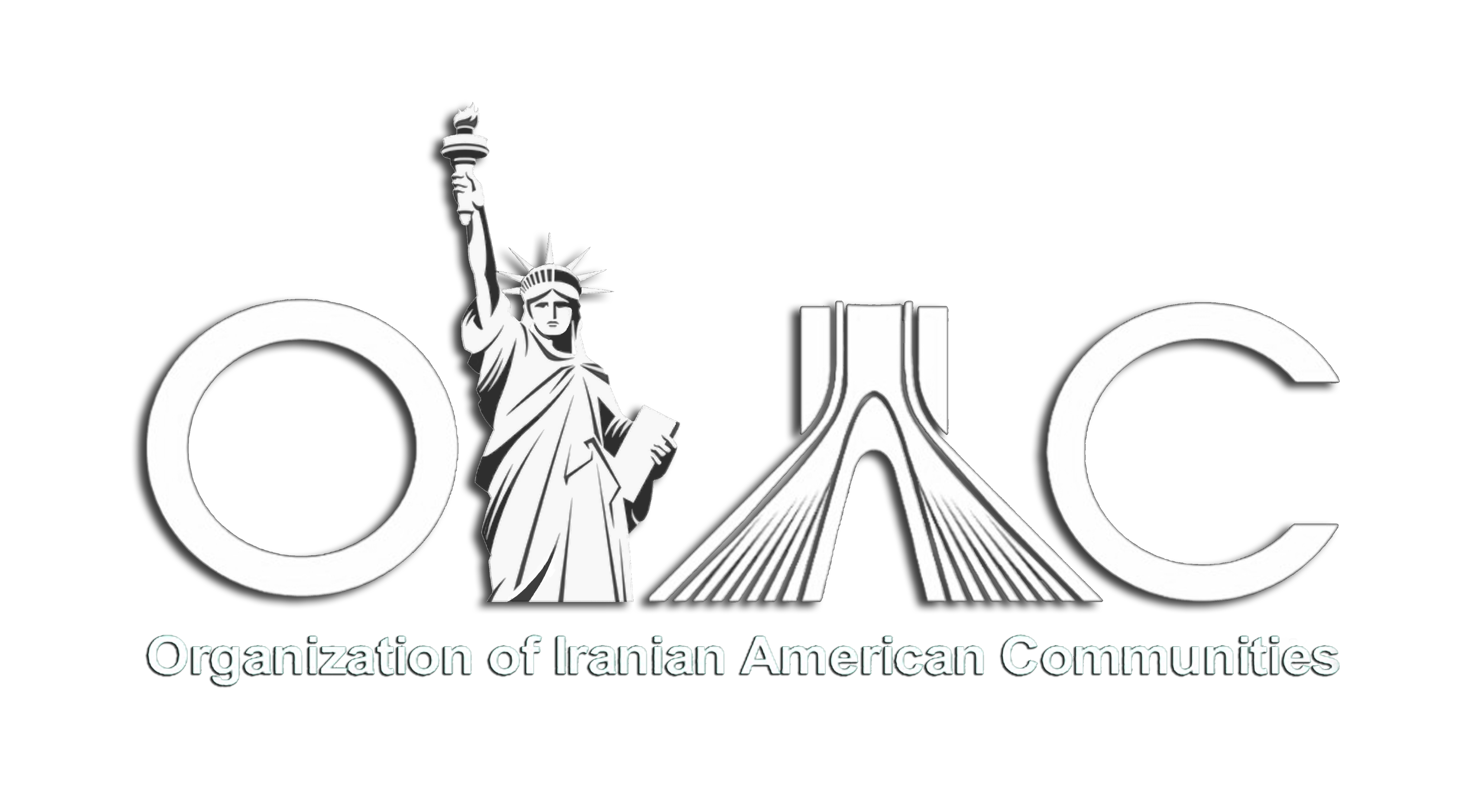In 1978 and 1979, Iran experienced a revolution that was an attempt to free it from Shah Mohammed Reza Pahlavi, who had been extensively backed by foreign powers. While this revolution failed to create a free Iran, it is important to understand the facts behind it in order for Iran and the world to move forward in freedom and equality for everyone. At the Organization of Iranian American Communities, we know that, in Iran, human rights are a problem for every country to understand. It all starts with the revolution.
Background Information
- 1941: Shah Mohammed Reza Pahlavi takes power.
- 1951: Mohammed Mossadeq took office as the historical Prime Minster of Iran.
- 1951: Mohammed Mossadeq nationalizes oil; Europe boycotts.
- 1953: CIA involvement helps Shah Mohammed Reza Pahlavi to take power by launching a coup d’etat.
- 1957: National Intelligence and Security Organization (SAVAK), known for its brutal tactics and inspiring fear, established with U.S. and Israeli help.
- 1961: Law passed limiting amount of land people could hold.
- 1963: Shah legislates White Revolution; program seen as imposed on Iran by U.S.; Ayatollah Ruhollah Khomeini went to exile Iraq in 1963.
1976 to 1977
Iran policy had Iran’s economy rolling as far as world statistics were concerned. It was the 4th largest oil exporter in 1976 not controlled by communists and, by 1977, Iran had the 15th largest economy. Unfortunately, those economic gains did not reach the people and the country was plagued with income inequality that Khomeini used to rile his followers still in the country.
The Revolution
U.S. President Jimmy Carter recognized the human rights violations, and to appease the U.S., Pahlavi relaxed his control and released some of the prominent political prisoners from SAVAK’s jails. This sparked more unrest. Carter’s visit in 1978 saw protests, which led to more violent protests later in the year. On September 8, the Iranian military killed hundreds of people in Iran, and on December 12, millions of Iranians protested against the shah. It broke his hold on the military and the government dissolved. The forces who led the revolution committed to a democratic and republic Iran. Khomeini came back from exile and used the absence of organized opposition and had the opportunity to establish a theocracy. Khomeini ordered his Islamic Revolutionary Guard Corps (IRGC) to gun down the largest popular rally of 500,000 people in June 30, 1981. In 1988, over 30,000 political prisoners were massacred by order of Khomeini. There is a resolution (h.res 188) in 115th Congress that calls for investigation of this massacre. Iran freedom is still a distant dream for Iranians.
